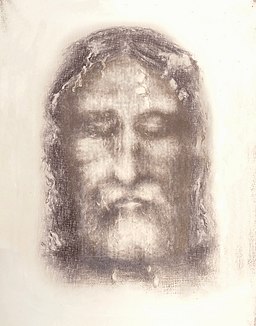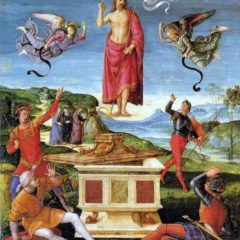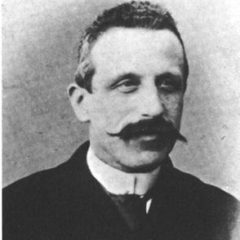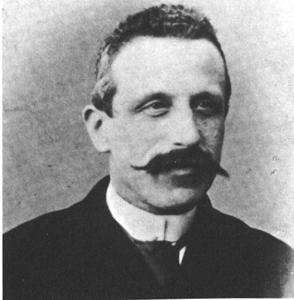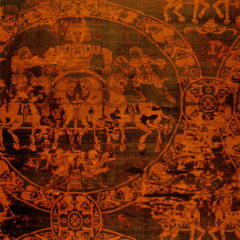Raymond N. Rogers, chemist who studied the Shroud of Turin, dies at age 77
However, about a year before his death Rogers found evidence that challenged the carbon-14 dating results. Although weakened by illness, he performed forensic work (Thermochimica Acta 425 (2005), 189-194 ) revealing that the material used in the carbon dating was not sampled from the original fabric, but from a part of the shroud that had been rewoven in medieval times. Rogers’ work also indicated that the original shroud was much older than the age determined through carbon-14 analysis; ]
Thursday, May 5, 2005
Los Alamos, NM —Raymond N. Rogers, retired chemist who pioneered in the use of thermal analysis to characterize explosives, died on March 8, 2005 at the age of 77 after a long illness.
Rogers was born July 21, 1927 in Albuquerque NM, but his family soon moved to California to find work. When his father died in an industrial accident on young Rogers’ thirteenth birthday, he and his mother were left in Bakersfield with no means of support in the depression years. Rogers took on a number of odd jobs to bring in money: playing the horn in a dance band, ushering at the local theater, and working in a print shop.
In 1945 he enlisted in the U.S Navy and served as a radar technician during World War II. Thanks to the GI bill, Rogers was able to complete his education at the University of Arizona, majoring in chemistry. Upon graduation in 1948 his first job was with the Arizona Agricultural Experimental Station. There he built a thermal analysis instrument to study soils, and this experience brought him to Los Alamos National Laboratory (LANL) in late 1951.
At LANL Rogers became a group leader of an explosives research-and-development group and was elected Laboratory Fellow in 1981. He later worked for the International Technology division, retiring in 1988. He served on the Department of the Air Force Scientific Advisory Board from 1987 until 1992 with the equivalent rank of Lt. General, receiving their Distinguished Service Award. He received other awards and recognitions from LANL and professional organizations.
Although much of Rogers’ research at LANL had military applications including the characterization of exotic explosives for munitions, he was always concerned with explosives safety and chemical hazards. One of his published research results has been incorporated into a standard method for the screening of reactive materials (ASTM method E698). Today this method is used worldwide to obtain reaction rate constants for energetic materials, a necessary first step in avoiding thermal explosions.
Until he retired Rogers was an editor for the two scientific journals, Thermochimica Acta and the Journal of Energetic Materials, and throughout his career he participated in conferences and symposia related to his chosen field. His ground-breaking work in thermal analysis—particularly differential scanning calorimetry—demonstrated the effectiveness of these techniques for characterizing energetic materials with only a few milligrams of sample. A relevant list of Rogers’ scientific publications can be found on the Web (Explosives Science).
Rogers was also an accomplished amateur archaeologist who did research on the chemistry of deposits and artifacts of interest in archaeology and geochronology. In 1978 he was invited to become Director of Chemical Research for the Shroud of Turin Research Project (STURP), whose primary goal was to determine the scientific properties of the image on the Shroud of Turin, and what might have caused it. The shroud was a linen fabric purported to be the burial cloth of Jesus of Nazareth.
For many people the shroud study proved disappointing when the initial carbon dating results placed the production of the fabric at between 1260 and 1390 AD, indicating that the shroud was a fake. However, about a year before his death Rogers found evidence that challenged the carbon-14 dating results. Although weakened by illness, he performed forensic work (Thermochimica Acta 425 (2005), 189-194 ) revealing that the material used in the carbon dating was not sampled from the original fabric, but from a part of the shroud that had been rewoven in medieval times. Rogers’ work also indicated that the original shroud was much older than the age determined through carbon-14 analysis; but the question remains open as to whether it was in fact the burial cloth of the historic Jesus.
After retiring from LANL Rogers continued to work on the Shroud project, and with his wife Joan he also found time to enjoy hiking in the great outdoors as well as to train dogs for search and rescue operations. He is survived by his wife Joan; daughter Amy Canzona and her husband Tony; step-daughters Dawn Janney and Lauren McGavran and her husband Harry; grandson Kenneth; great-grandson Mark; cousin Bob and other family members; many very special friends; and coonhound Clancy.
Sources
- Barrie Schwortz. “In Memoriam” — shroud.com, March 28, 2005
External links
- “NMSR obituary Ray Rogers, July 21, 1927 – March 8, 2005” — nmsr.org, publishing date unknow
- https://en.wikipedia.org/wiki/Raymond_Rogers
If you like this blog, please link to it or share the link with others. Thank you.
Holy Face of Jesus
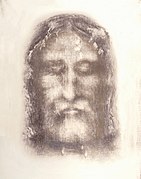
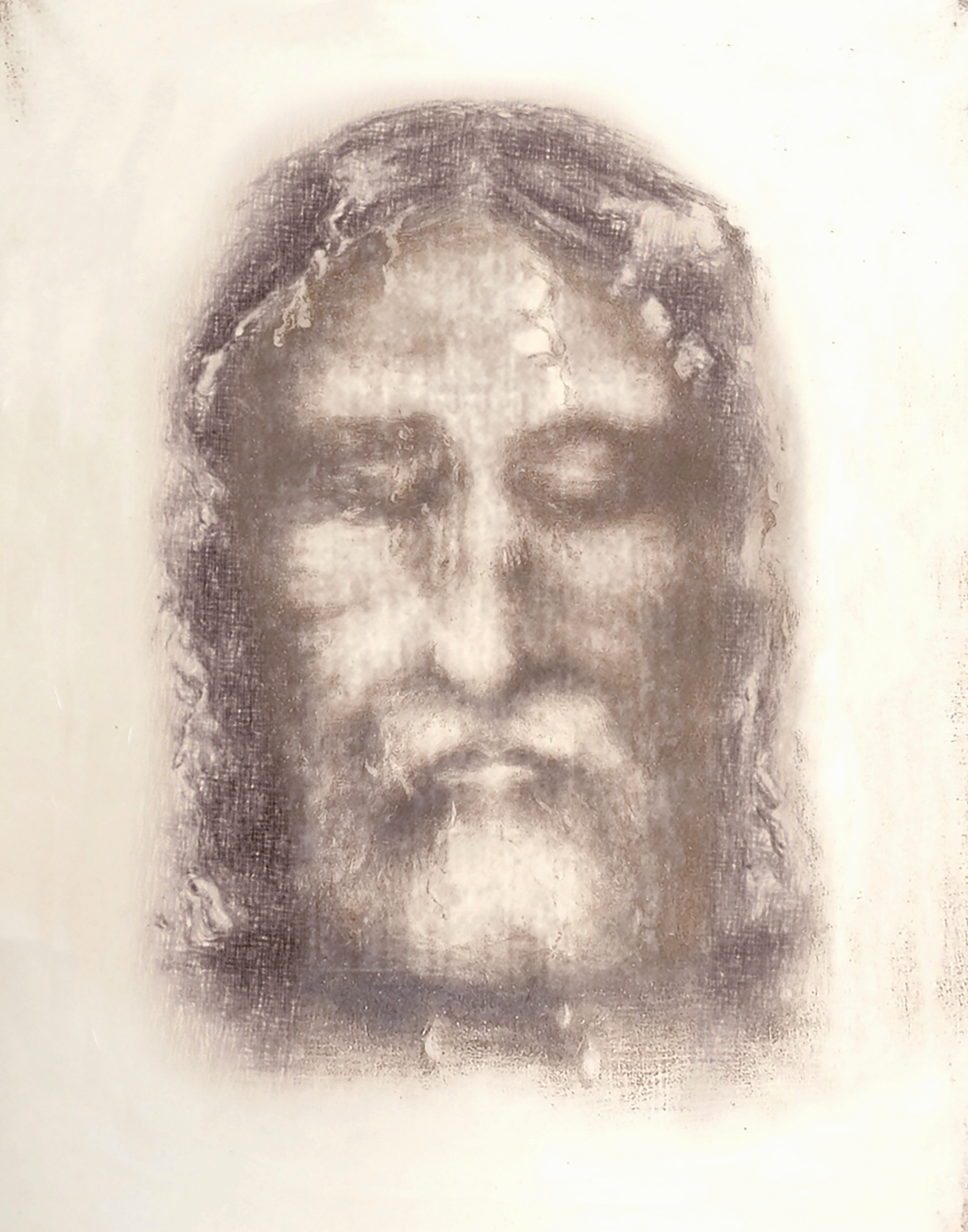
https://commons.wikimedia.org/wiki/File:Holy_Face_of_Jesus_from_Shroud_of_Turin_(1909).jpg
Secondo Pia (1855–1941) (He was first photographer of Holy Face, but Image was not clear 28 May 1898)Vignon Paul (1865-1943)[13] / Public domain
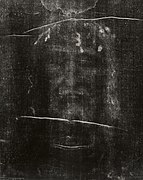
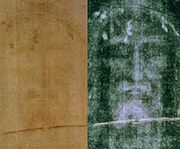
https://commons.wikimedia.org/wiki/File:Juan_Luis_Cousi%C3%B1o,_Suaire_figuratif.jpg

Marie-Claude Cousiño-Raulet / CC BY-SA (https://creativecommons.org/licenses/by-sa/4.0)
https://en.wikipedia.org/wiki/Holy_Face_of_Jesus
https://commons.wikimedia.org/wiki/File:Holy_Face_of_Jesus_from_Shroud_of_Turin_(1909).jpg

If you like this blog, please link to it or share the link with others. Thank you.
Resurrection of Jesus
The resurrection of Jesus is a historical fact. Here are some viewpoints critics say about the resurrection of Jesus, and why there are problems with these viewpoints. The simplest answer to explain the resurrection is the only and real answer, and that answer is that Jesus resurrected from the dead.
That answer is that Jesus really did resurrect and left an empty tomb behind him.
As for the other viewpoints, here are some criticisms and reply comments.
Here are a few of the problems to the criticisms of unbelievers.
1. If Jesus did not really die, the Roman soldiers could lose their lives for not making sure he died. They had to make sure he was dead at the cross.
2. If the tomb was not really sealed by the soldiers, and they let Jesus escape, it would have cost them their lives. They were charged with protecting the tomb.
3. Some, trying to deny the resurrection, put forth a “swoon theory”. This is the idea that Jesus only fainted or swooned on the cross, and never really died. This, by implication, means that a man who endured a scourging and crucifixion and who could not carry the weight of his own cross, but needed help to carry the cross, would, after having his hands and feet nailed to a cross, and his side pierced, and enduring the suffering and pain of the crucifixion, the prior scourging, the crowning of thorns, and dehydration, and later, being taken down from the cross and wrapped in linen and put in a tomb, would somehow overcome all that and then go on to roll an one to two ton stone away from the cave. This weight is estimated by experts based on burial customs of the time. A healthy man could not do that, much less one who has been crucified. In today’s word of glib statements, that don’t take much thought to make, and less thought to receive, the non-thinker who doesn’t know the all the facts of Jesus’s suffering and crucifixion might be deceived by that. But a study of the facts and some common sense indicates that the swoon theory is impossible.
Beyond that, it dangerous business to not sincerely study and comprehend Jesus’s life, death, burial, and resurrection and to come to Jesus and receive the finished work of Christ for oneself. To simply write it off as a “swoon” or “faint” for lack of interest or desire to comprehend the truth has serious consequences.
Revelation 22:18 I testify to everyone who hears the words of the prophecy of this book, if anyone adds to them, may God add to him the plagues which are written in this book. 19 If anyone takes away from the words of the book of this prophecy, may God take away his part from the tree of life, and out of the holy city, which are written in this book. 20 He who testifies these things says, “Yes, I come quickly.”Amen! Yes, come, Lord Jesus.
The truth of the resurrection is the fundamental truth of Christianity. It is the resurrection of Jesus from the dead that makes him more-than-unique among all religious leaders. Jesus is more than a prophet, more than a religious leader, more than a teacher. He the only begotten Son of God. He is the resurrected Lord and is alive today. All who have come to Jesus and who are born again testify to that, that He is alive. The only way to explain the empty tomb is that Jesus rose from the dead. There is no other explanation no matter how hard atheists try to create one.
The Lord is risen. The Lord is risen indeed. Paschal Greeting
4. Back to whether Jesus was dead or not…soldiers’ business in war was killing people, they knew when someone was dead.
5. All the disciples who saw Jesus testified to seeing a resurrected Christ, in other words, they did not testify to Christ that was torn and bleeding, but to a Christ who was resurrected.
6. The Apostles and believers of the early church paid a high price for their belief. Many were killed for their faith in the resurrected Lord Jesus. Nowadays, kids may play a prank stunt, and as long as the price is not too high to pay, they will go along with the stunt. When it comes to dying for a stunt or joke, whom do you know who will die for a prank joke? Why did so many give their lives? They knew it was true, that Jesus had risen from the dead and that He is the resurrected Lord.
7. Another criticism is that people saw a hallucination. Hallucinations are individual, not group. It is testified that Jesus appeared to groups of people, including one group of 500. They all saw the same thing.
People go through all sorts of convoluted theories to explain the resurrection, but in the end, the only theory that makes sense is the one which is true…that Jesus resurrected from the dead.
If you like this blog, please link to it or share the link with others. Thank you.
Shroud
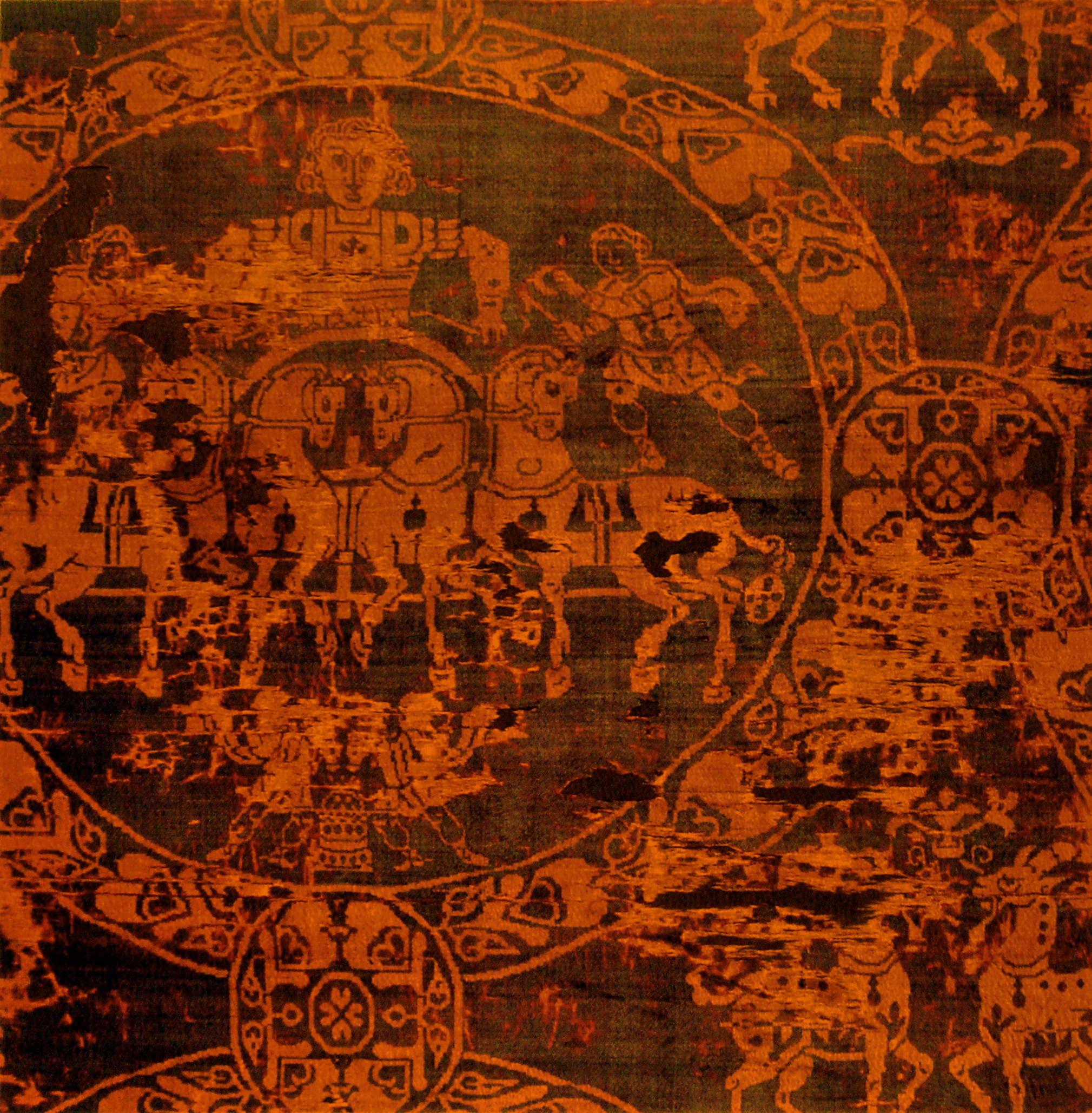
Image by/from Anonymous Byzantine artist 9th century
Shroud usually refers to an item, such as a cloth, that covers or protects some other object. The term is most often used in reference to burial sheets, mound shroud, grave clothes, winding-cloths or winding-sheets, such as the famous Shroud of Turin or Tachrichim (burial shrouds) that Jews are dressed in for burial. Traditionally, mound shrouds are made of white cotton, wool or linen, though any material can be used so long as it is made of natural fibre. Intermixture of two or more such fibres is forbidden, a proscription that ultimately derives from the Torah, viz., Deut. 22:11.
A traditional Orthodox Jewish shroud consists of a tunic; a hood; pants that are extra-long and sewn shut at the bottom, so that separate foot coverings are not required; and a belt, which is tied in a knot shaped like the Hebrew letter shin, mnemonic of one of God’s names, Shaddai. Early shrouds incorporated a cloth, the sudarium, that covered the face, as depicted in traditional artistic representations of the entombed Jesus or His friend, Lazarus (John 11, q.v.). An especially pious man may next be enwrapped in either his kittel or his tallit, one tassel of which is defaced to render the garment ritually unfit, symbolizing the fact that the decedent is free from the stringent requirements of the 613 mitzvot (commandments). The shrouded body is wrapped in a winding sheet, termed a sovev in Hebrew (a cognate of svivon, the spinning Hanukkah toy that is familiar under its Yiddish name, dreidel), before being placed either in a plain coffin of soft wood (where required by governing health codes) or directly in the earth. Croesus-rich or dirt-poor, every Orthodox Jew is dressed to face the Almighty on the same terms.
The Early Christian Church also strongly encouraged the use of winding-sheets, except for monarchs and bishops. The rich were wrapped in cerecloths, which are fine fabrics soaked or painted in wax to hold the fabric close to the flesh. An account of the opening of the coffin of Edward I says that the “innermost covering seems to have been a very fine linen cerecloth, dressed close to every part of the body”. Their use was general until at least the Renaissance – clothes were very expensive, and they had the advantage that a good set of clothes was not lost to the family.
In Europe in the Middle Ages, coarse linen shrouds were used to bury most poor without a coffin. In poetry shrouds have been described as of sable, and they were later embroidered in black, becoming more elaborate and cut like shirts or shifts.
Orthodox Christians still use a burial shroud, usually decorated with a cross and the Trisagion. The special shroud that is used during the Orthodox Holy Week services is called an Epitaphios. Some Catholics also use the burial shroud particularly the Eastern Catholics and traditionalist Roman Catholics.
Source: https://en.wikipedia.org/wiki/Shroud
If you like this blog, please link to it or share the link with others. Thank you.
